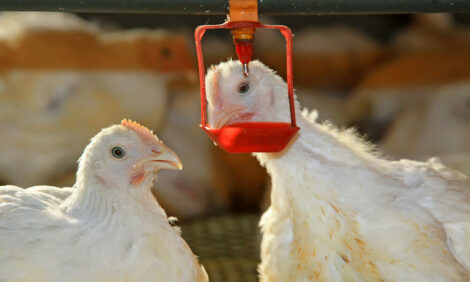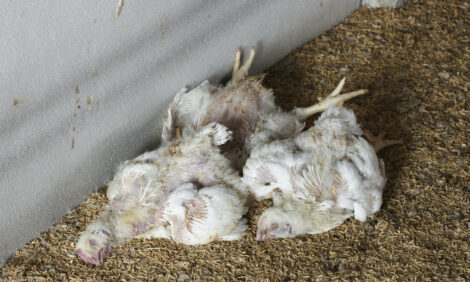



CME: Corn, Soybean Plantings Behind Schedule
US - USDA’s weekly "Crop Progress" report indicates that both soybean and corn planting remain well behind schedule and are both roughly at the level of 1993 — NOT a good comparison if one wants large crops, write Steve Meyer and Len Steiner.The weekly data are plotted in the charts below. After planting 43 per cent of corn acres the week of 19 May, further progress was limited last week by heavy rainfall in many parts of the Cornbelt. Only 15 per cent more corn acres were put in the ground, bringing the total to 86 per cent. Tha compares to a ‘08-’12 average of 90 per cent. Corn planting was completed by this week last year.


So is this the slowest ever? That depends on how you judge “slowest”. We have always shown 1993 as the slowest year primarily because it got started so slowly with less than 10 per cent of acres planted by the end of April. Like this year, producers caught up some in mid-May 1993, planting 53 per cent of the acres between 5 May and 19 May of that year. But there are a number of years that had a lower percentage of acres planted by week 21 which this year corresponds to 26 May. Only 71 per cent of acres were planted by this week in 1995 and only 78 per cent were planted in 1996. Only 82 per cent were planted by now in 2009. The national average yield in 1995 was 13.2 bushels below trend. For 1996 the yield got within 1.5 bushels of trend. 2009, of course, saw the current record corn yield of 164.7 bushels/acre, 11.9 bushels/acre above the 1960-present trend and 8 bushels/acre larger than the 1996-present “biotech era” trend.
The story is virtually the same for soybeans. USDA reports that 20 per cent of soybean acres were planted last week bringing the total to 44 per cent. That compares to last year’s 89 per cent and a 5-year average of 61 per cent. It is also very similar to the progress of 1993. Our judgment of ‘93 as the “slowest” progress year is again based on the very late start to that planting season which was plagued by steady heavy rains. Recall the severe Midwestern flooding that year. As was the case with corn, 1995 and 1996 saw lower percentages planted by early June and 2009 (48 per cent as of week 21) was just barely beyond this year’s pace. Also as for corn, 2009 is the record-high for soybean yield at 44 bushels per acre, about 1.6 bushels per acre above the 1970-present trend.
Just over half (54 per cent) of corn acres have emerged as of Sunday. That compares to a 5-year average of 67 per cent and a record-high 89 per cent one year ago. Soybeans have emerged on 14 per cent of acres. That figure was 57 per cent last year and averaged 30 per cent over the past 5 years.
While rain has definitely slowed progress in the past couple of weeks, moisture is obviously good news as well. Virtually the entire state of Iowa received 2 inches or more of rain over the past 14 days and that band of rainfall reached from central Illinois north and west all the way to Montana. The Dakotas also received heavy rain — something North Dakota, with its significant winter snow cover and slow spring melt, really didn’t need at this point. But it is hard to argue with moisture, especially coming off a year like 2012. Even areas of western Nebraska have received 2-3 inches over the pat two weeks. Excellent maps of recent and past rainfall can be found here.
The bad news on the precipitation front is that no help has come to the major winter wheat areas of western Kansas, eastern Colorado or the Panhandle regions of Texas and Oklahoma. Winter wheat conditions changed little this past week with 42 per cent of acres rated poor or very poor (vs. 41 per cent last week and only 17 per cent last year) and only 31 per cent rated good or excellent (the same as last week, 54 per cent last year). It appears that this summer’s winter whet crop will provide little, if any, help for feed supplies.
Nationally, pasture conditions improved slightly with poor/very poor acres dropping 4 per cent to 27 per cent and good/excellent acres gaining 4 per cent to 52 per cent. The vast majority of those poor acres, though, are in key cow- calf states in the plains. Texas st ill shows 44 per cent of pastures in poor or very poor condition. For Oklahoma, that percentage is 36. For Kansas, it is 53. For Nebraska it is 65. And for New Mexico it is 91 with the other 9 per cent rated as only Fair. It may be very difficult to grow the beef cow herd significantly this year.









